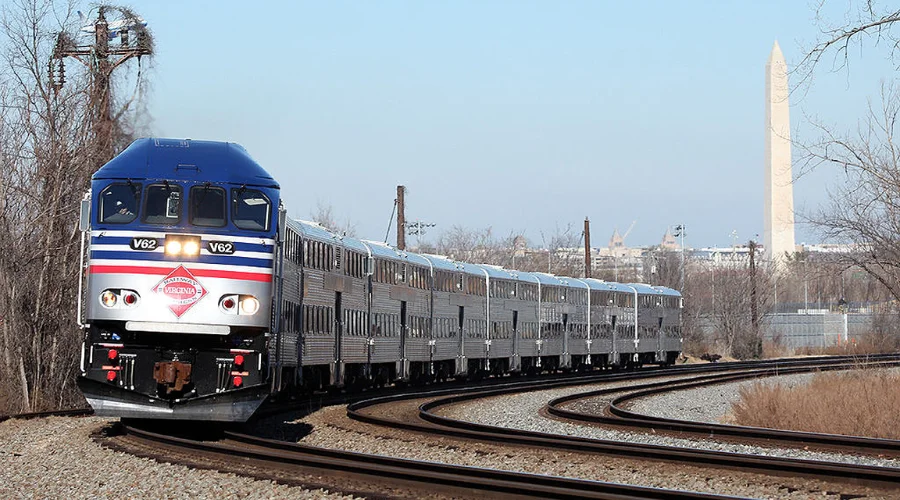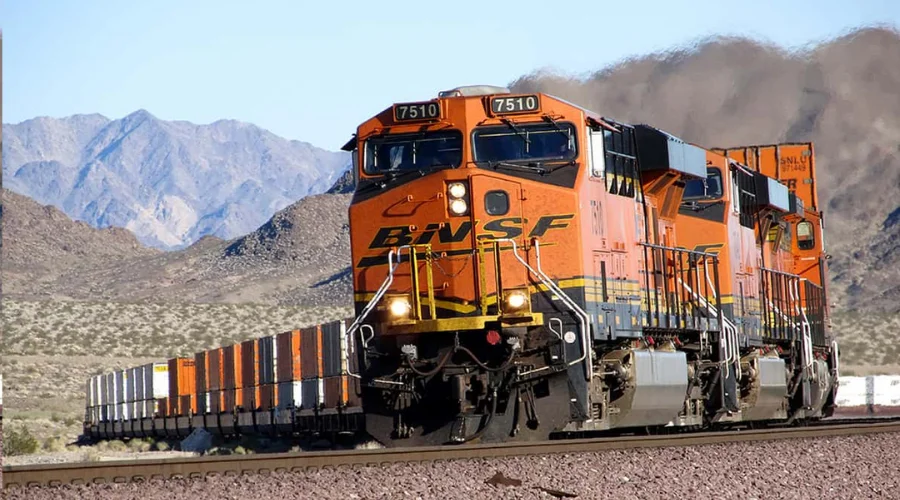
In the realm of transportation, passenger trains have long stood as a symbol of efficiency, comfort, and sustainable travel. As we delve into the intricate network of railways, it becomes apparent that these moving marvels play a pivotal role in connecting people, cultures, and landscapes. Join us on a captivating journey as we unravel the many facets of passenger trains, from their rich history to their modern-day significance.
The Evolution of Passenger Trains: A Historical Odyssey
The Birth of Passenger Trains
The roots of passenger trains trace back to the early 19th century, a time when the Industrial Revolution was transforming the world. The first passenger train to roll on tracks did so in 1804, designed by Richard Trevithick in the United Kingdom. However, it wasn’t until the advent of George Stephenson’s Rocket in 1829 that the concept of passenger trains gained widespread recognition.
From Steam to High-Speed Rails
The 19th century witnessed the dominance of steam locomotives, offering unprecedented speed and connectivity. As railways crisscrossed continents, passenger trains became the lifeline of cities and towns. The 20th century ushered in a new era with the introduction of diesel and electric trains, marking a shift towards cleaner and more efficient transportation. The iconic high-speed trains, exemplified by the Japanese Shinkansen, emerged in the latter half of the century, revolutionizing the travel experience.
The Modern Marvels: Features and Comforts of Passenger Trains
Cutting-Edge Technology for Safety and Speed
In the 21st century, passenger trains have embraced cutting-edge technology to enhance safety and speed. Advanced signaling systems, automatic braking, and state-of-the-art communication systems ensure a secure and efficient journey. High-speed rail networks, such as the Eurostar and China’s CRH, showcase the pinnacle of technological achievement, boasting speeds that rival air travel for short to medium distances.
Comfort Redefined: Amenities on Board
Passenger trains are not merely a mode of transportation; they are a haven of comfort and convenience. Modern coaches are equipped with plush seats, spacious interiors, and panoramic windows that offer breathtaking views of the passing landscapes. High-end amenities, including Wi-Fi connectivity, entertainment systems, and gourmet dining options, transform the train journey into a luxurious experience. From business travelers to leisure seekers, passenger trains cater to diverse needs with elegance and style.
Sustainable Travel: The Eco-Friendly Appeal of Passenger Trains
Reducing Carbon Footprint
As the world grapples with environmental concerns, passenger trains emerge as a beacon of sustainable travel. Unlike air travel, trains have a significantly lower carbon footprint, emitting fewer greenhouse gases per passenger-kilometer. Electric trains, powered by renewable energy sources, contribute to the global effort to combat climate change. The emphasis on eco-friendly practices positions passenger trains as a responsible choice for conscious travelers looking to minimize their environmental impact.
The Role of High-Speed Rail in Urban Planning
High-speed rail networks play a crucial role in shaping urban landscapes and mitigating congestion. By connecting cities efficiently, passenger trains reduce the reliance on private cars and air travel, thereby alleviating traffic congestion and lowering air pollution levels. This shift towards sustainable urban mobility is exemplified by cities like Tokyo, where an extensive high-speed rail network seamlessly integrates with other modes of transportation, fostering a greener and more livable environment.
Challenges and Opportunities: Navigating the Future of Passenger Trains
Infrastructure Investments for Growth
While passenger trains have come a long way, challenges loom on the horizon. The expansion of rail networks, especially in emerging economies, requires substantial infrastructure investments. Governments and private entities must collaborate to build and upgrade tracks, stations, and supporting facilities to meet the growing demand for passenger trains. A robust and well-maintained infrastructure is the backbone of a reliable and efficient rail system.
Technological Innovations for Enhanced Efficiency
The future of passenger trains hinges on continuous technological innovations. From magnetic levitation (maglev) trains to hyperloop concepts, researchers and engineers are exploring groundbreaking technologies that promise even higher speeds and efficiency. These innovations not only cater to the demand for faster travel but also address environmental concerns by optimizing energy consumption and minimizing ecological impact.
Embracing Digital Transformation for Seamless Travel
In the digital age, passenger trains are undergoing a paradigm shift through digital transformation. Online booking systems, real-time tracking, and mobile ticketing apps enhance the overall travel experience, making it seamless and convenient. The integration of artificial intelligence and data analytics further contributes to predictive maintenance, ensuring that trains run with maximum efficiency and minimal disruptions. Embracing these digital advancements is crucial to staying competitive in an era where connectivity and efficiency are paramount.
Conclusion
Passenger trains, with their rich history and ever-evolving features, continue to captivate the hearts of travelers worldwide. From the humble beginnings of steam locomotives to the sleek high-speed trains of today, this mode of transportation has stood the test of time. As we navigate the challenges and opportunities that lie ahead, one thing remains certain – the allure of passenger train journeys will endure, offering a unique blend of nostalgia, comfort, and sustainability for generations to come. Embark on the tracks, and let the rhythmic sounds of the wheels unlock the wonders of your next adventure.


